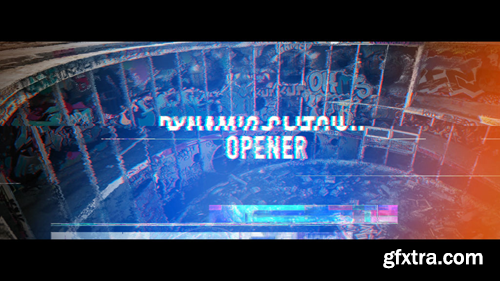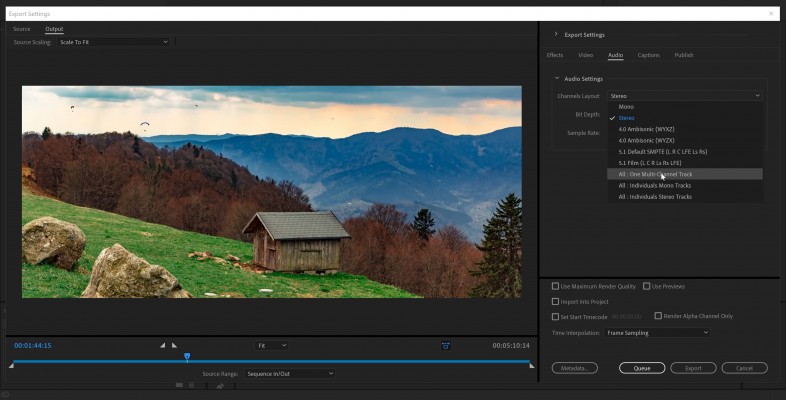


I hope this clears a few things up for you. They are not intended for distribution to the public. A Mezzanine codec (or format) is a compression scheme widely accepted and adopted by many production companies and/or professional freelancers for use as digital intermediates and production masters because you can re-render them many many times without introducing any compression or color artifacts. The Output Module is very efficient at producing frame-based visually lossless digital intermediates and production masters using many of the standard Mezzanine codecs. Most of these new formats are not compatible with the frame based rendering that the Output Module uses so you'll have to use the Media Encoder for them too. There are some new compression schemes that look like they may gain wide acceptance and deliver higher quality playback with lower demands on the CPU, but there are still compatibility issues. H.264 rendering in a Quicktime container is also no longer supported by Apple so that is why it was removed. The Output Module (Render Cue) has never supported multipass rendering and unless it is redesigned from the ground up, it never will. Compression and color artifacts almost completely disappear. H.264 also works best when you use multipass rendering. Right now it is the standard for multi-platform delivery and is supported on virtually all current devices that will play a movie (video). H.264 is a high-quality interframe MPEG compression scheme with a defined set of standards for frame size, frame rate, and audio format. Render your video to a different lossless codec first and then re-encode it back to the desired codec.Not really. Like so:Ĭhange the export encoding "Performance" setting to "Software Encoding" if you're using h264 or h265 codec. Yes, not very intuitive.Ĭhange renderer in Media Encoder to "Mercury Playback Engine Software Only".

Media Encoder uses your project's render engine setting, not the one displayed below the queue. It seems that Media Encoder is trying to render your video with the graphic card, which does not have enough memory for a particular frame to render.

If you're coming from Premiere Pro, please checkout this guide instead. This is a guide for Adobe After Effects -> Media Encoder. Sometimes, when rendering with Media Encoder, the rendering fails on a memory intensive frame.


 0 kommentar(er)
0 kommentar(er)
